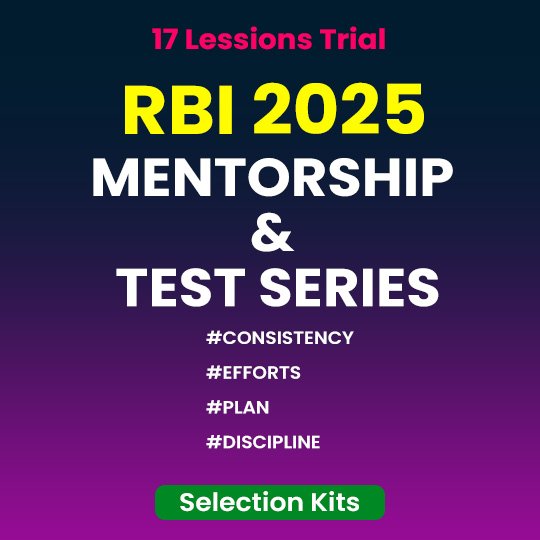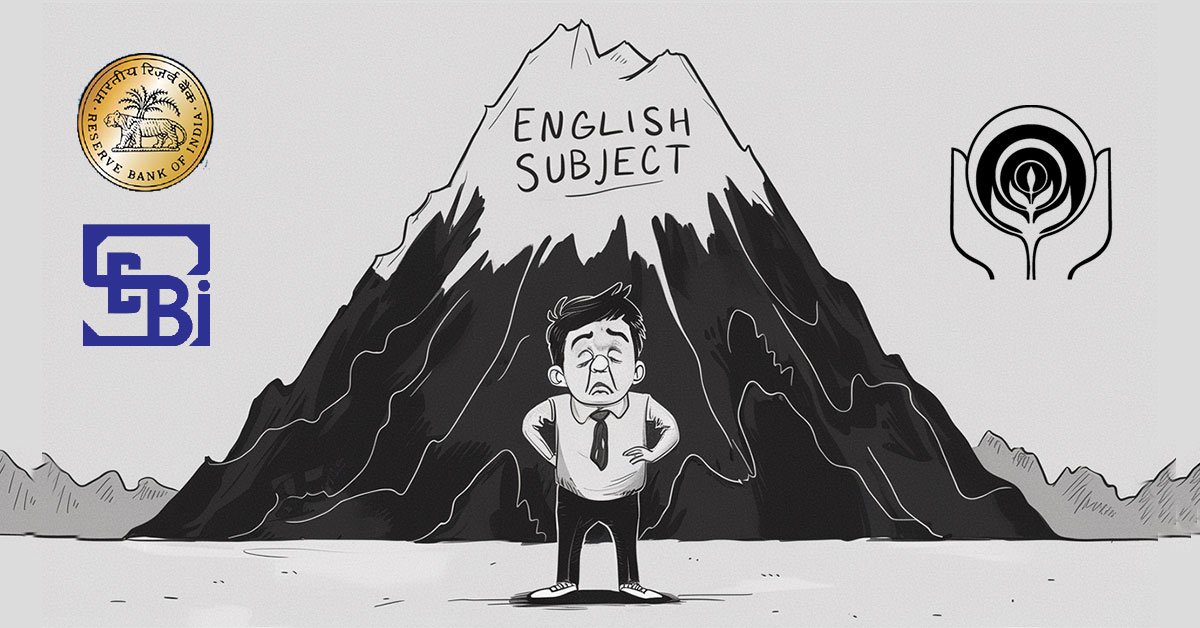Got Questions? We’ve Got Answers!
📚 Whether it’s about exams, career advice, or daily doubts, don’t hesitate—ask away!
💡 Daily Current Affairs for UPSC Quiz | Daily Quiz for UPSC
💡 Your Learning Partner Is Just a Click Away!
👉 Click here to Ask Your Question Now and get clear, reliable answers from experts.
Daily Current Affairs
26 June, 2025
1. Which of the following correctly describes “space docking”?
A) Launching a spacecraft from Earth
B) Extracting minerals from asteroids
C) Joining two spacecraft in orbit to form a single structure
D) Communicating with satellites using AI
E) Landing spacecraft on lunar surface
Answer: C) Joining two spacecraft in orbit to form a single structure
Explanation: Space docking is a process where two spacecraft join in orbit, crucial for operations like crew transfers, ISS assembly, and satellite servicing.
2. What are the key phases in a space docking operation?
A) Ignition, Launch, Landing
B) Rendezvous, Proximity Operations, Capture & Latching
C) Takeoff, Orbit Entry, Stabilization
D) Separation, Landing, Realignment
E) Descent, Imaging, Detonation
Answer: B) Rendezvous, Proximity Operations, Capture & Latching
Explanation: Docking involves three main stages: aligning orbits (rendezvous), gradual approach using sensors (proximity), and physical attachment (capture & latching).
3. What recent religious pilgrimage resumed after a 6-year suspension due to COVID-19 and border tensions?
A) Amarnath Yatra
B) Char Dham Yatra
C) Kailash Mansarovar Yatra
D) Vaishno Devi Yatra
E) Kumbh Mela
Answer: C) Kailash Mansarovar Yatra
Explanation: The Kailash Mansarovar Yatra resumed after six years. It was halted due to COVID-19 and India-China tensions.
4. What is the proposed change to the 12% GST slab as per the July 2025 GST Council agenda?
A) Increasing it to 18%
B) Replacing it with a new 6% slab
C) Eliminating it and merging with 5% or 18% slab
D) Applying it to all luxury goods
E) Replacing it with a zero tax slab
Answer: C) Eliminating it and merging with 5% or 18% slab
Explanation: The GST Council is reviewing whether to remove the 12% slab to simplify the tax structure by merging it into 5% or 18%.
5. What monetary policy action was taken by the RBI between Feb and June 2025?
A) Repo rate increased by 200 bps
B) Repo rate held constant
C) Repo rate cut by 100 bps
D) CRR raised by 2%
E) SLR reduced by 4%
Answer: C) Repo rate cut by 100 bps
Explanation: RBI reduced the repo rate by 100 basis points (bps), bringing it to 5.5% to support growth amid stable inflation.
6. Which of the following banks showed the sharpest credit growth slowdown as of May 30, 2025?
A) Private Banks
B) Cooperative Banks
C) Agriculture and Service Sectors
D) NBFCs
E) Foreign Banks
Answer: C) Agriculture and Service Sectors
Explanation: According to the RBI bulletin, agriculture and service sectors experienced the most significant deceleration in credit growth.
7. What was a major demand of farmers during the Viksit Krishi Sankalp Abhiyan outreach?
A) Free tractors for all
B) Subsidy on diesel
C) Universal DBT for all schemes
D) Fixed MSP for all crops
E) Free electricity for irrigation
Answer: C) Universal DBT for all schemes
Explanation: Farmers demanded the implementation of Direct Benefit Transfer (DBT) across all agricultural schemes to ensure transparency and reduce middlemen.
8. Where is the International Potato Centre’s new South Asia Regional Centre being established?
A) Bhopal
B) Varanasi
C) Agra
D) Jaipur
E) Patna
Answer: C) Agra
Explanation: The Centre is being set up in Singna, Agra (Uttar Pradesh) to promote potato R&D and boost farmer incomes.
9. Under which scheme is the procurement of Moong and Urad being carried out in Madhya Pradesh and Uttar Pradesh?
A) Minimum Support Programme
B) National Horticulture Scheme
C) Price Support Scheme (PSS)
D) Market Stabilization Fund
E) Rural Procurement Mission
Answer: C) Price Support Scheme (PSS)
Explanation: Moong and Urad are being procured under the Price Support Scheme (PSS) to ensure MSP-based benefits reach farmers.
10. What is the objective of the Market Intervention Scheme (MIS)?
A) To regulate grain prices in international markets
B) To offer guaranteed employment to farmers
C) To prevent distress sales of perishable crops during price crashes
D) To provide free irrigation equipment
E) To promote export of Indian produce
Answer: C) To prevent distress sales of perishable crops during price crashes
Explanation: MIS provides a mechanism for the government to intervene and procure perishable goods like fruits and vegetables during sudden price declines.
















